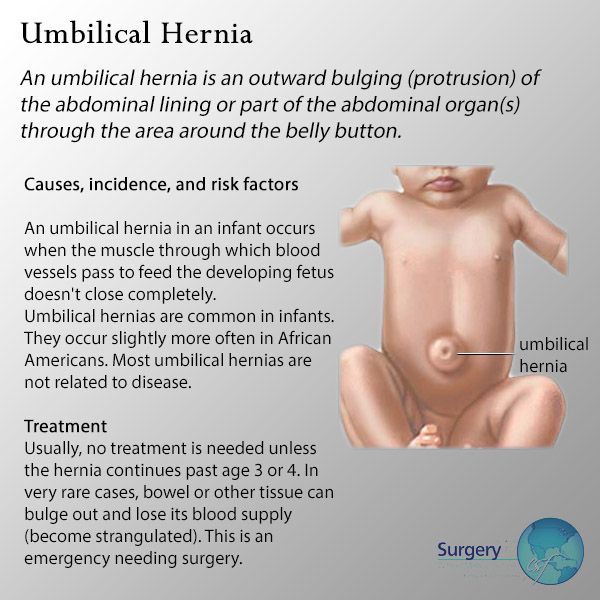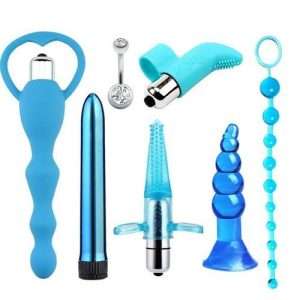
What is Umbilical Hernia in Babies?
The umbilical hernia, medically known as umbilical and paraumbilical hernia occurs in 1 out of 10 babies.
The point where the baby’s umbilical cord emerges from the abdomen is a sensitive part of the body, and the developing abdominal muscles help the abdominal wall to develop to its full strength.
While the abdominal wall is still developing, there is a risk that the tissue, parts of the intestine, fluid, or fats in the stomach will push through the baby’s stomach muscles and outward the hernial sac.
In most cases, umbilical hernias in babies will heal on their own naturally, and you can these tips to navel care helpful.
What Causes Umbilical Hernia in Babies?
An umbilical hernia occurs because of the weakness in the abdominal muscles and wall, and most times, because it’s not fully developed.
Many children are born with a small space in the area where the umbilical cord attaches, this gets closed over time.
If this permeable area is very small, then, umbilical hernia is not likely to occur but if the space is about the size of a fingertip, an umbilical hernia can occur.
The reason for the development of an umbilical hernia is the combination of various factors.
- The weak muscles in the child’s abdominal wall
- His poorly developed connective tissue
- The strain on the abdomen – serious cough or baby colic.
During these activities, the pressure on the abdomen is increased and the hernial sac presses against the navel from within the body.
An umbilical hernia can occur more frequently in premature babies than in other babies.
With them, the muscle tissue in the abdominal area is even less developed and the area of the navel is particularly sensitive.
Symptoms of Umbilical Hernia in Babies
Some babies have an umbilical hernia right after birth but it can also develop later after birth, even at adulthood.
If you notice a bulge near or on the belly button of a newborn, it’s likely to be an umbilical hernia, especially when it’s swollen.
Discovering an umbilical hernia in your baby can be a terrifying experience, but it’s noting to worry much about as it can heal within a couple of weeks.
One day, the stomach is flat, another day, you notice there’s a bulge, all you need is to manage the baby well and avoid triggers that can make umbilical hernia complicated.
For example, serious cough or cry can trigger a bulge under the baby’s delicate skin, like a bump around the belly button.
This protrusion feels soft and does not cause pain when touched. The visible symptom often disappears after a few hours of sleep.
This is because the stomach can relax and the hernial sac slips back again. If the baby cries or coughs more the next day, the “bump” can reappear.
These are the symptoms to show that your baby is having an umbilical hernia.
You should consult your doctor or pediatrician as early as possible so it doesn’t develop into a strangulated umbilical hernia.
Strangulated umbilical hernia can cause vomiting and constipation in babies, and since the intestines are protruded, blood flow can be restrained and the baby can develop ill health quickly.





